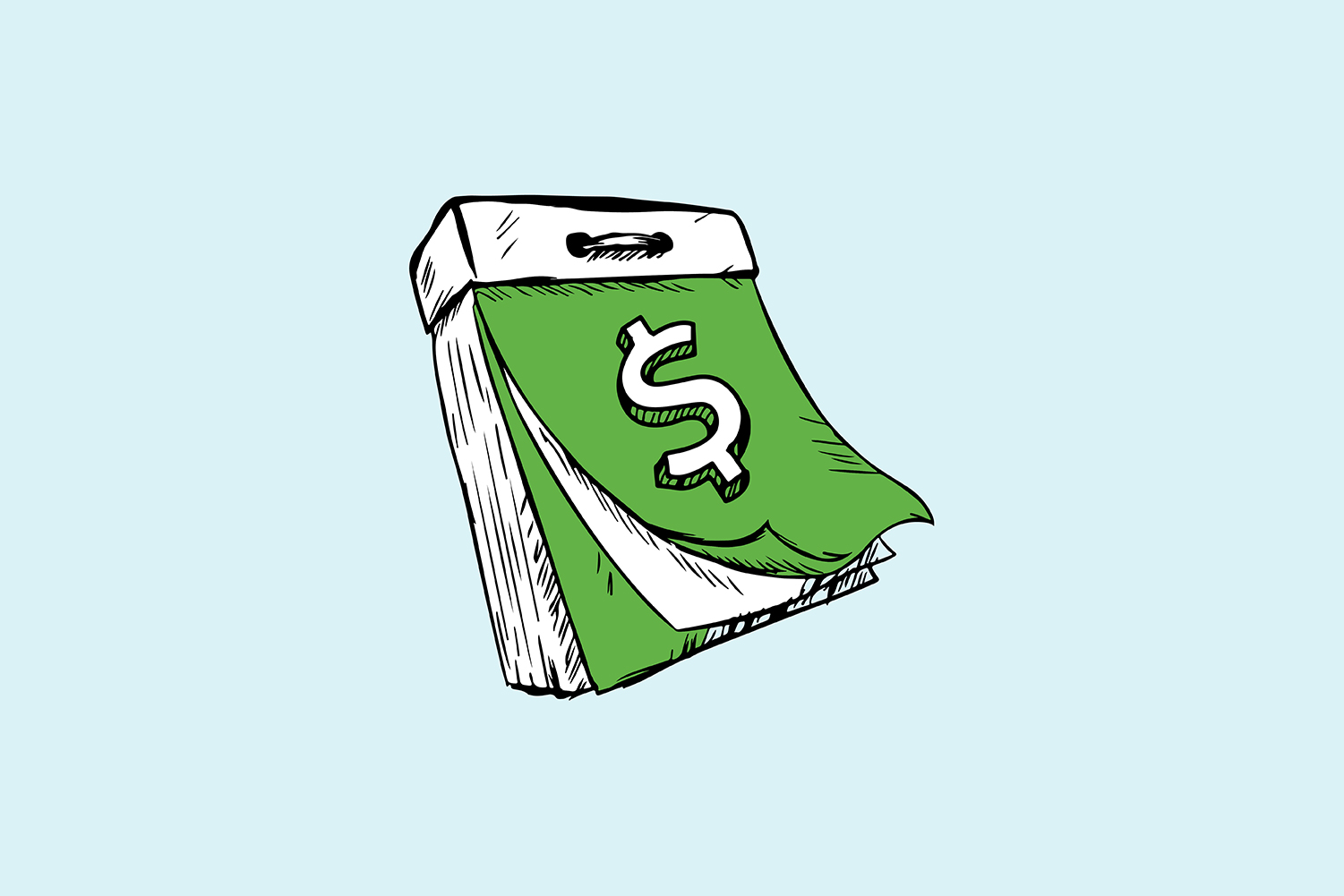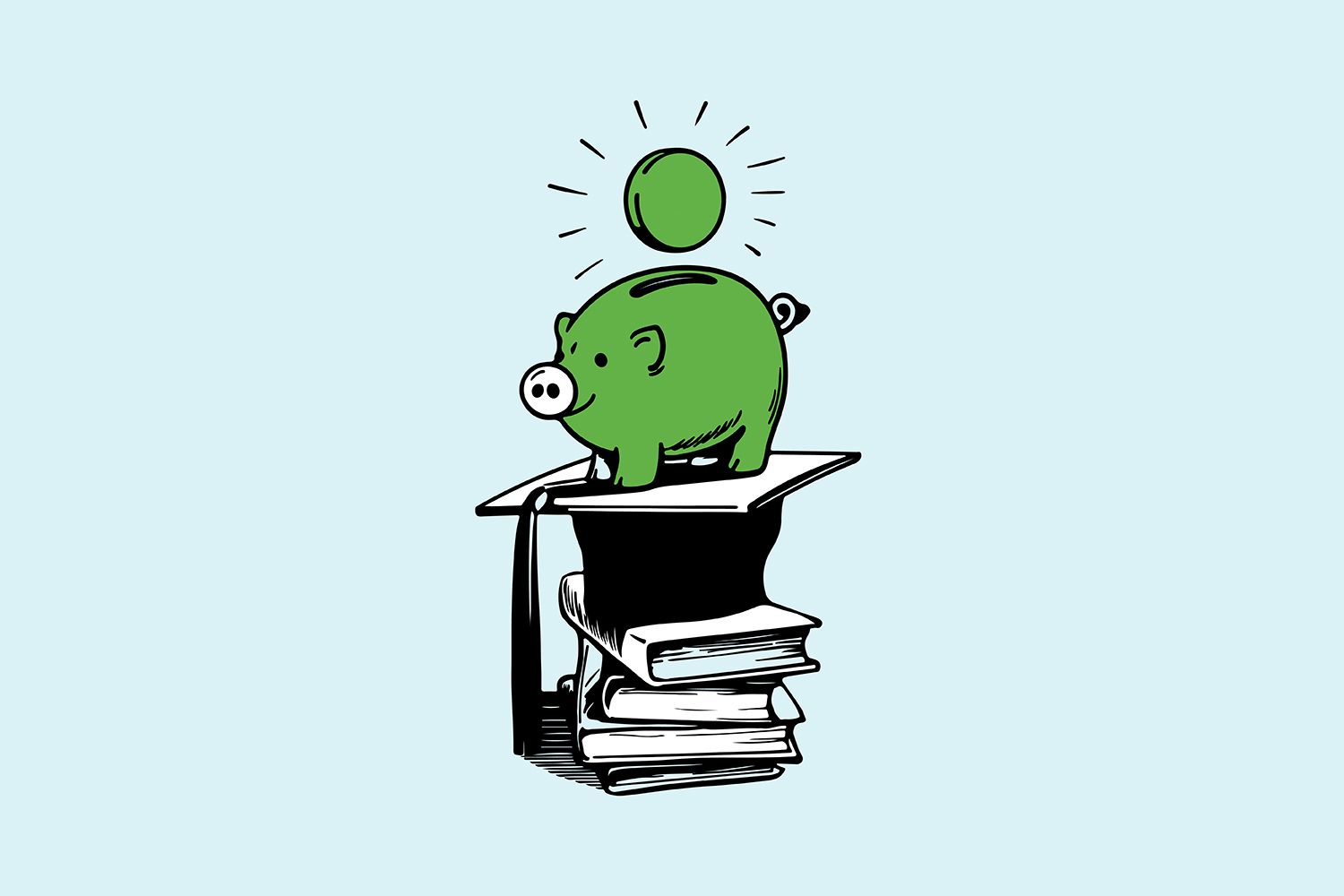The Story
Nigeria has announced October 11, 2021, as the launch date for the issuance of its Eurobond. The country is looking to raise $3 billion from Eurobonds and another $3 billion from multilateral and bilateral agencies. The borrowings are to be used to fund the government’s 2021 budget deficit.
What are Bonds?
A bond is a debt instrument (a means of borrowing money) issued by a government, multilateral organizations, or a corporation. It is also called a fixed income instrument that pays interest on a regular basis (either quarterly or bi-annually) and repays the amount invested at maturity.
Governments issue bonds to fund infrastructural projects and to cater to expenses that arises from unexpected situations like pandemics and wars. Corporate organizations issue bonds to fund capital expenditure and expansion projects.
Bond Lingual – Common Bond Terms
Here are some bond related terms every investor should know
Issuer: The issuer of a bond is the institution borrowing the funds. This is the term used for the institution issuing or proposing to issue a security.
Face/Par Value: This is the value that will be paid back to investors at the maturity of the bond. For example, if a bond has a face value of $5,000, that is the principal amount that will be paid back to investors at the maturity of the bond. Note that a bond can be issued/traded at discount, at par or at premium.
When a bond is issued/traded at premium, its price is above the face value e.g., face value is $100 but the bond is trading at $110. When a bond is issued/traded at a discount, its price is lower than the face value e.g., face value is $100 but the bond is trading at $98.
The price at which a bond is issued/traded is dependent on the relationship between the interest rate on the bond and the prevailing interest rate in the market. If the rate on a bond is higher than the market rate, the bond will trade at a premium. If the rate on a bond is lower that the prevailing market rate the bond will trade at a discount.
Coupon Rate: The coupon rate on a bond is the interest rate that will be paid on the bond. Bond coupons are paid at regular intervals either quarterly, semi-annually, or annually. Most bond coupons are paid semi-annually.
Yield: This the return investors realize from owing a bond. While it is similar to the interest rate on a bond, it is not the interest rate on a bond. The yield on a bond is calculated by dividing the coupon amount by the current price of the bond (coupon amount/current bond price). While the coupon on a bond is static, the yield on a bond is variable because the price of a bond changes from time to time.
Term: The term of a bond is the tenor of a bond, and this can range from 2 years to 100 years.
Types of Bonds
There are several types of bonds, we’ll highlight a few of them here.
Fixed/Floating Rate Bonds: A fixed rate bond is a bond that doesn’t change its coupon rate throughout the life span of the bond. While a floating rate bond is a bond that has a flexible coupon rate i.e., the coupon rate changes as the prevailing interest rate changes or as inflation changes. Floating rate bonds that change alongside inflation are called inflation linked bonds.
Callable Bonds: Callable bonds are bonds that can be called back by the issuer (i.e., paid off) before the maturity of the bonds. Issuers typically call bonds if the prevailing interest rate on the bond is lower than the interest/coupon rate on the bond. If issuers perceive interest rate will fall in the cause of the tenor of the bond, a call option is attached to the bond at the issuance of the bond.
Eurobonds: Eurobonds are bonds denominated in currencies different from the currency of the country the issuer is domiciled. For example, should Amazon an American company issue a bond denominated in Pounds Sterling, such a bond is a Eurobond.
Convertible Bonds: Convertible Bonds are bonds that can be converted to equity. These bonds are typically issued by corporates and gives the holder of the bond the option to convert the bond to equity if the company struggles with the repayment of the bond. Depending on the number of shares, convertible bonds can lead to a change of ownership of a company.
Zero-Coupon Bonds: A zero coupon bond is a heavily discounted bond that pays no coupon or interest. It is a bond that trades at a discount to the face value of the bond but pays the face value at maturity. An example of a Zero-Coupon bond is Treasury bills. Investors pay for treasury bills at below face value and get the face value at maturity of the bill. Zero-Coup bonds can be short term or long term.
Things to Note About Bonds
Credit Rating and Risk: The risk profile of a bond is determined by the credit rating of the issuer. Credit rating agencies like Standard & Poor’s, Moody’s etc., give ratings to bond issuers based on the issuer’s financial capacity and ability to pay back interest and amount invested as at when due. AAA is the highest rating, bonds issued by issuers with AAA to BBB rating are called investment grade bonds. Investment grade bonds have low interest rate as there is a low risk of default.
Bonds issued by issuers with ratings of BB to D are regarded as junk bonds. They usually have higher yields than investment grade bonds as they are risker bonds.
Bond Price & Bond Yield: There is an inverse relationship between bond prices and bond yield. Whenever bond prices are high, yields are low and when bond prices are low, yields are high. The calculation for yield of a bond clearly shows this. Coupon amount/current bond price. Change in bond price determines the yield on a bond at any point in time. When bond prices are down, bond yield go up attracting investors back into the bond market, as investors return to the market, prices begin to rise and then we see a fall in bond yields.
Bonds & the Economy: Bonds are seen as leading indicators of economic performance. They are used by experts to tell the direction of the economy. Analysts use bond yield curve to predict economic situations. A bond yield curve is basically a line graph showing the yield on different bonds based on their maturities, starting from the shortest maturity to the longest maturity.
Long term bonds are expected to have higher yields than short term bonds and so when yields on long term bonds are growing faster than the yield on short-term bonds, the yield curve is usually steep which indicates a growing economy.
When short term yield grows faster than long term yields the yield curve tends to flatten which is an indication of slowing economic growth.
When short term yields are significantly higher than longer tern yields, the yield curve becomes inverted. It could be a sign of a looming recession.
Why An Investor Should Consider Investing in Bonds?
For investors who might be wondering why they should invest in bonds, here are a few reasons:
· Bonds give the opportunity to earn semi-annual income from coupon payments.
· Investment in bonds help diversify investment portfolios and are less volatile than stocks.
· Most bond are traded in the secondary market, creating liquidity and the opportunity to exit bond positions at any time.




